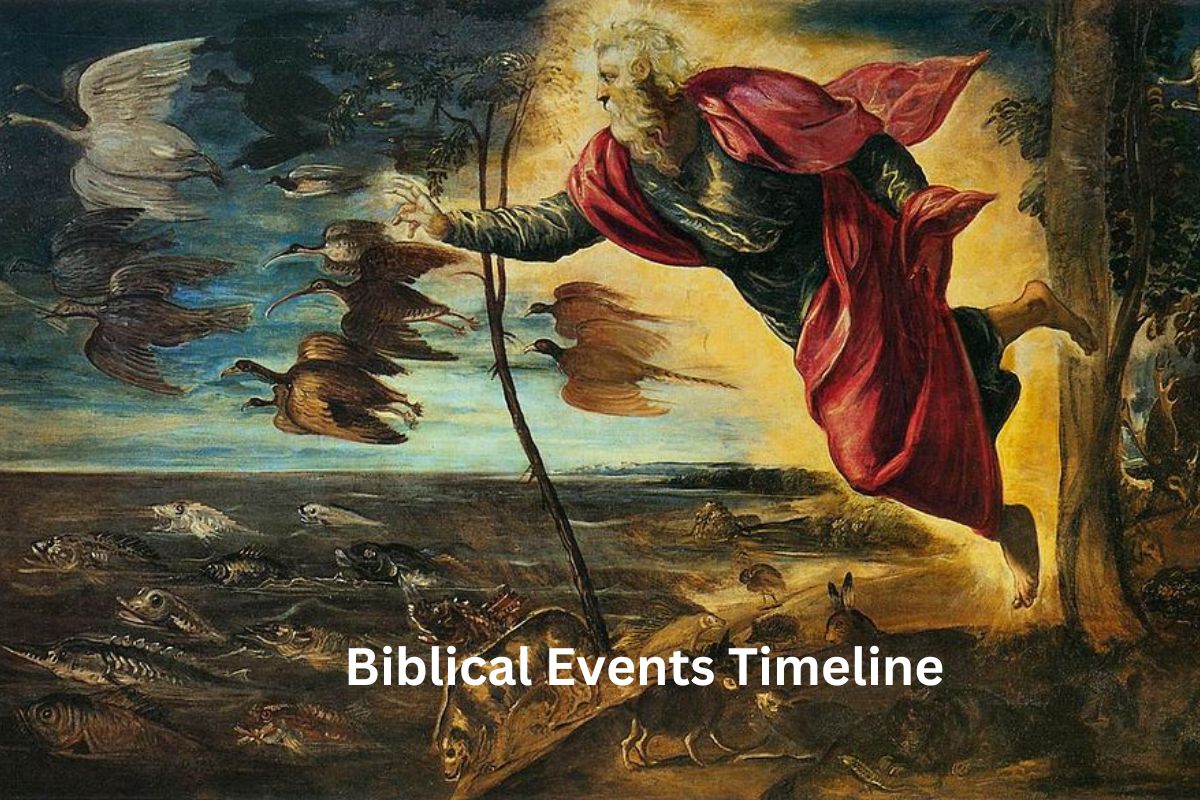“Biblical Events” refers to a collection of significant occurrences, stories, and historical narratives found in the Bible, one of the most influential and revered religious texts in the world.
These events are pivotal in shaping the beliefs, traditions, and moral foundations of several major religions, notably Judaism and Christianity.
The Bible is divided into two main sections: the Old Testament, which includes writings from the Hebrew Scriptures, and the New Testament, which contains Christian texts.
Also Read: Biblical Wars Timeline
Within these sections, a multitude of events and stories unfold, ranging from the creation of the world to the life and teachings of Jesus Christ.
Explore this timeline to gain a deeper understanding of the historical and spiritual journey chronicled in the Bible and its enduring influence.
| Period | Event | Approximate Date | Reference |
|---|---|---|---|
| Creation and Early History | Creation of the world | Approx. 4000-3000 BCE | Genesis 1 |
| Adam and Eve | Approx. 4000-3000 BCE | Genesis 2-3 | |
| Noah’s Ark and the Flood | Approx. 2500-2300 BCE | Genesis 6-9 | |
| Tower of Babel | Approx. 2500-2300 BCE | Genesis 11 | |
| Patriarchs and Matriarchs | Abraham | Approx. 2000-1800 BCE | Genesis 12-25 |
| Isaac | Approx. 1900-1700 BCE | Genesis 21-35 | |
| Jacob (Israel) | Approx. 1850-1700 BCE | Genesis 25-50 | |
| Exodus and Wilderness Wanderings | The Exodus from Egypt | Approx. 1446 BCE | Exodus 12-14 |
| Forty years of wandering in the wilderness | Approx. 1446-1406 BCE | Exodus-Numbers | |
| Conquest of Canaan | Entry into the Promised Land | Approx. 1406 BCE | Joshua 1-4 |
| Judges period | Approx. 1406-1050 BCE | Book of Judges | |
| United Monarchy | King Saul | Approx. 1050-1010 BCE | 1 Samuel |
| King David | Approx. 1010-970 BCE | 2 Samuel | |
| King Solomon | Approx. 970-931 BCE | 1 Kings | |
| Divided Kingdom | Israel (Northern Kingdom) and Judah (Southern Kingdom) | Approx. 931 BCE | |
| Prophets like Elijah, Elisha, Isaiah, and Jeremiah | 9th to 6th centuries BCE | ||
| Exile and Return | Assyrian Exile of Israel | 722-721 BCE | 2 Kings 17 |
| Babylonian Exile of Judah | 586 BCE | 2 Kings 25 | |
| Return from Exile | 538-536 BCE | Ezra, Nehemiah | |
| Post-Exilic Period | Rebuilding the Temple in Jerusalem | 516 BCE | Ezra 6 |
| Persian rule and Jewish leaders like Ezra and Nehemiah | 6th to 5th centuries BCE | ||
| Period of the Maccabees and the Hanukkah story | 2nd century BCE | ||
| Life of Jesus | Birth of Jesus | Approx. 4 BCE | Matthew 2, Luke 2 |
| Ministry of Jesus | 1st century CE | The Gospels | |
| Crucifixion and Resurrection | 30-33 CE | The Gospels | |
| Early Christian Church | Spread of Christianity in the 1st century CE | 1st century CE | Acts of the Apostles |
| Writings of the Apostles (New Testament Epistles) | 1st century CE |
Timeline of Biblical Events
Creation and Early History
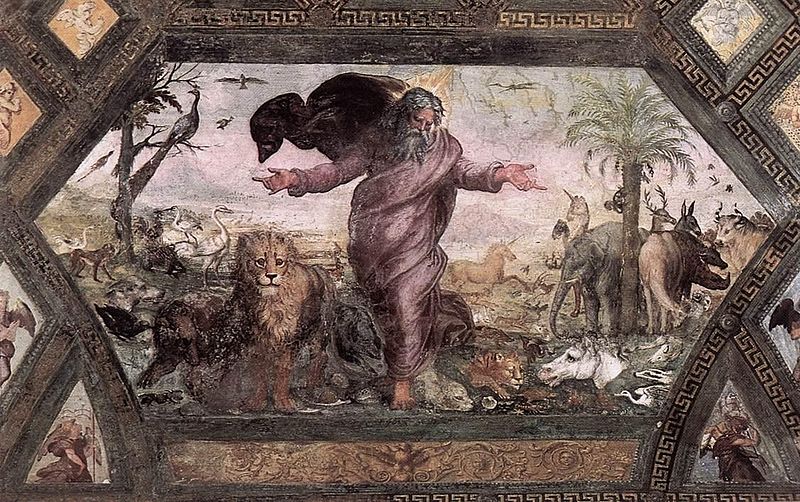
Creation of the world (Approx. 4000-3000 BCE) – Genesis 1:
According to the Bible, the world was created by God in six days. On the first day, God created light, and on the subsequent days, He created the sky, land, sea, plants, animals, and humans, culminating in the creation of Adam and Eve, the first human beings.
Adam and Eve (Approx. 4000-3000 BCE) – Genesis 2-3:
Adam and Eve are believed to be the first human beings created by God. They lived in the Garden of Eden and were the ancestors of all humanity.
Also Read: Canonization of the Bible Timeline
However, they disobeyed God’s command not to eat from the tree of the knowledge of good and evil, leading to their expulsion from the garden.
Noah’s Ark and the Flood (Approx. 2500-2300 BCE) – Genesis 6-9:
The story of Noah’s Ark tells of a great flood sent by God to cleanse the Earth of wickedness. God chose Noah and his family to build an ark and bring pairs of every kind of animal on board to survive the flood. After the floodwaters receded, Noah and his family repopulated the Earth.
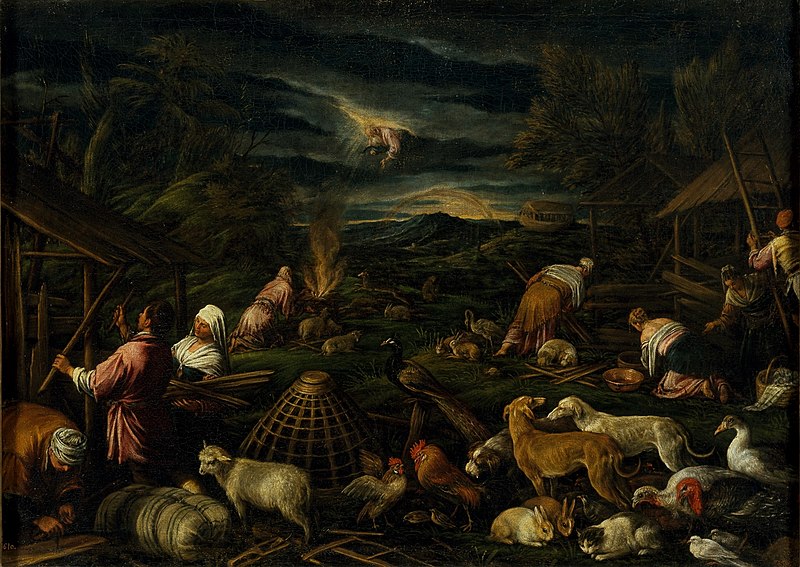
Patriarchs and Matriarchs
Abraham (Approx. 2000-1800 BCE) – Genesis 12-25:
Abraham is considered the father of the Israelite nation. He received a divine promise from God that his descendants would become a great nation.
Also Read: Timeline of the Biblical Flood
Abraham’s story includes his journey from Ur of the Chaldeans to the land of Canaan, the covenant of circumcision, and the birth of his son Isaac.
Isaac (Approx. 1900-1700 BCE) – Genesis 21-35:
Isaac was the son of Abraham and Sarah, born miraculously in their old age. His life is characterized by events such as the binding of Isaac (the Akedah), his marriage to Rebekah, and his role as the father of Jacob and Esau.
Jacob (Israel) (Approx. 1850-1700 BCE) – Genesis 25-50:
Jacob, the son of Isaac and Rebekah, is renamed Israel by God. He had twelve sons who became the ancestors of the twelve tribes of Israel. His life includes the story of his wrestling with God, his marriages to Leah and Rachel, and his reconciliation with his brother Esau.
Exodus and Wilderness Wanderings
The Exodus from Egypt (Approx. 1446 BCE) – Exodus 12-14:
The Exodus is a pivotal event in the Bible where God liberated the Israelites from slavery in Egypt through a series of plagues and miraculous events. It culminated in the crossing of the Red Sea as the waters miraculously parted, allowing the Israelites to escape from the pursuing Egyptian army.
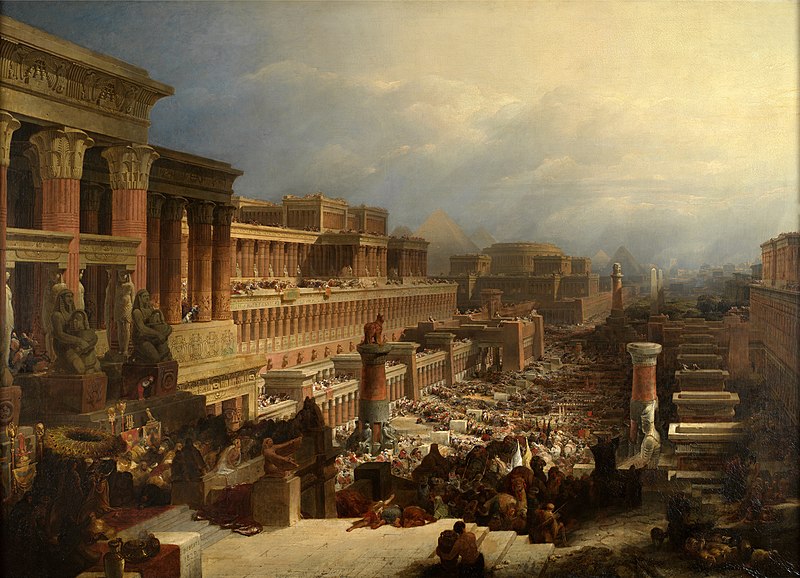
Forty years of wandering in the wilderness (Approx. 1446-1406 BCE) – Exodus-Numbers:
After leaving Egypt, the Israelites wandered in the wilderness for forty years as a consequence of their disobedience to God. During this time, they received the Ten Commandments and the Mosaic Law at Mount Sinai, and God provided manna and water for their sustenance.
Conquest of Canaan
Entry into the Promised Land (Approx. 1406 BCE) – Joshua 1-4:
After their forty years of wandering in the wilderness, the Israelites, led by Joshua, crossed the Jordan River into the Promised Land of Canaan.
They believed this land was a gift from God and a fulfillment of the promise made to their forefather, Abraham. The crossing of the Jordan River was a significant event, and it marked the beginning of the conquest of Canaan.
Judges period (Approx. 1406-1050 BCE) – Book of Judges:
Following their entry into Canaan, the Israelites faced various challenges from neighboring peoples. During this period, a series of leaders known as “judges” emerged to deliver and guide the Israelites. Some notable judges include Gideon, Samson, and Deborah. The Book of Judges highlights cycles of sin, oppression, repentance, and deliverance.
United Monarchy
King Saul (Approx. 1050-1010 BCE) – 1 Samuel:
Saul was the first king of Israel. His anointing and reign marked a transition from the period of the judges to the monarchy. Saul’s reign was characterized by both successes and failures, and it ultimately ended tragically.
King David (Approx. 1010-970 BCE) – 2 Samuel:
David succeeded Saul as king and is regarded as one of the greatest figures in biblical history. He is known for his military victories, his psalms, and his establishment of Jerusalem as the capital of Israel. David’s story includes his famous battle with Goliath and his sin with Bathsheba.
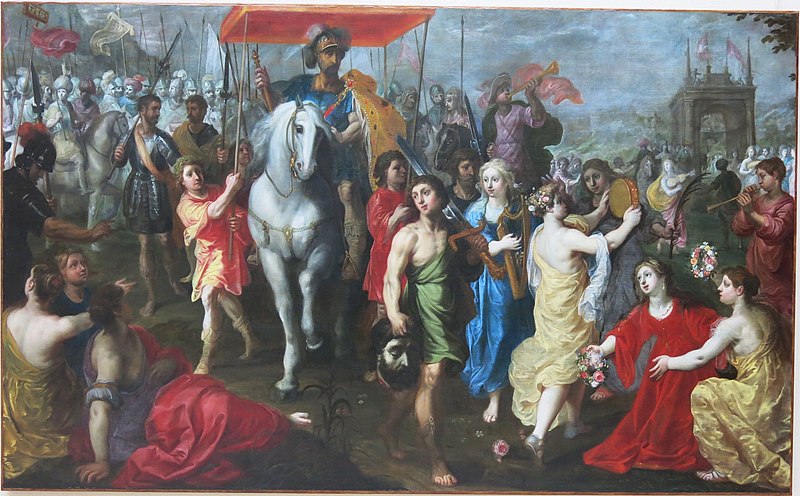
King Solomon (Approx. 970-931 BCE) – 1 Kings:
Solomon, the son of David and Bathsheba, is known for his wisdom and wealth. He built the First Temple in Jerusalem, which became a central religious and political symbol for the Israelites. His reign is also noted for its prosperity and the construction of many impressive projects.
Divided Kingdom
Israel (Northern Kingdom) and Judah (Southern Kingdom) (Approx. 931 BCE):
After the death of Solomon, the kingdom was divided into two parts: Israel in the north and Judah in the south. This division occurred due to political and religious tensions. The Northern Kingdom of Israel had a series of kings and was eventually conquered by the Assyrians in 722-721 BCE.
Prophets like Elijah, Elisha, Isaiah, and Jeremiah (9th to 6th centuries BCE):
During the period of the divided kingdom, prophets played a crucial role in conveying God’s messages to the people and the rulers. They often called for repentance and warned of the consequences of disobedience. Notable prophets included Elijah, Elisha, Isaiah, and Jeremiah, among others.
Exile and Return
Assyrian Exile of Israel (722-721 BCE) – 2 Kings 17:
The Assyrians conquered the Northern Kingdom of Israel, leading to the exile of the ten northern tribes. This event marked the end of the Northern Kingdom and dispersed its inhabitants, known as the “Lost Tribes of Israel.”
Babylonian Exile of Judah (586 BCE) – 2 Kings 25:
The Babylonians, under King Nebuchadnezzar, besieged Jerusalem and destroyed the First Temple. Many Judeans were taken into captivity in Babylon. This period of exile is often referred to as the Babylonian Exile, and it had a profound impact on Jewish identity and spirituality.
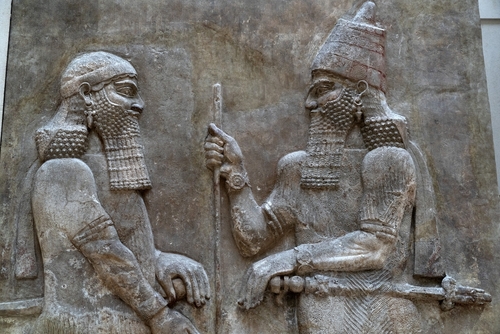
Return from Exile (538-536 BCE) – Ezra, Nehemiah:
After the Persians, led by King Cyrus, conquered Babylon, they allowed the Jewish exiles to return to their homeland. This marked the beginning of the return from exile, a period of rebuilding Jerusalem and the Second Temple. Ezra and Nehemiah played significant roles in the restoration efforts, both spiritually and politically.
Post-Exilic Period
Rebuilding the Temple in Jerusalem (516 BCE) – Ezra 6:
The returnees from Babylon worked diligently to rebuild the Temple in Jerusalem. This event is a symbol of renewal and the reestablishment of religious worship in the city.
Persian rule and Jewish leaders like Ezra and Nehemiah (6th to 5th centuries BCE):
During the Persian period, the Jewish community in the land of Israel was granted a degree of autonomy. Leaders like Ezra the scribe and Nehemiah the governor played crucial roles in reorganizing the community, reinforcing religious observance, and fortifying the city walls of Jerusalem.
Period of the Maccabees and the Hanukkah story (2nd century BCE):
The Seleucid Empire, which controlled Judea, attempted to suppress Jewish religious practices. The Maccabean Revolt, led by Judah Maccabee and his brothers, resulted in the reclamation of the Temple from Greek control. The miracle of the oil, celebrated during Hanukkah, is a significant event during this time, symbolizing the rededication of the Temple.
Life of Jesus
Birth of Jesus (Approx. 4 BCE) – Matthew 2, Luke 2:
According to the New Testament, Jesus of Nazareth was born in Bethlehem. His birth is celebrated as Christmas by Christians worldwide.
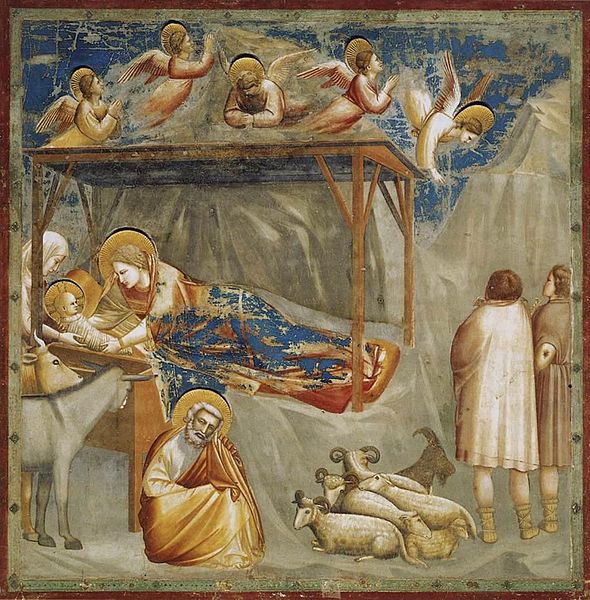
Ministry of Jesus (1st century CE) – The Gospels:
Jesus’ public ministry began around the age of 30. He preached, performed miracles, and gathered disciples. His teachings emphasized love, forgiveness, and the kingdom of God. The Gospels of Matthew, Mark, Luke, and John document his life and teachings.
Crucifixion and Resurrection (30-33 CE) – The Gospels:
Jesus was crucified in Jerusalem under the Roman governor Pontius Pilate. Christians believe that he was resurrected from the dead three days after his crucifixion, an event celebrated as Easter. The resurrection is central to Christian faith and theology.
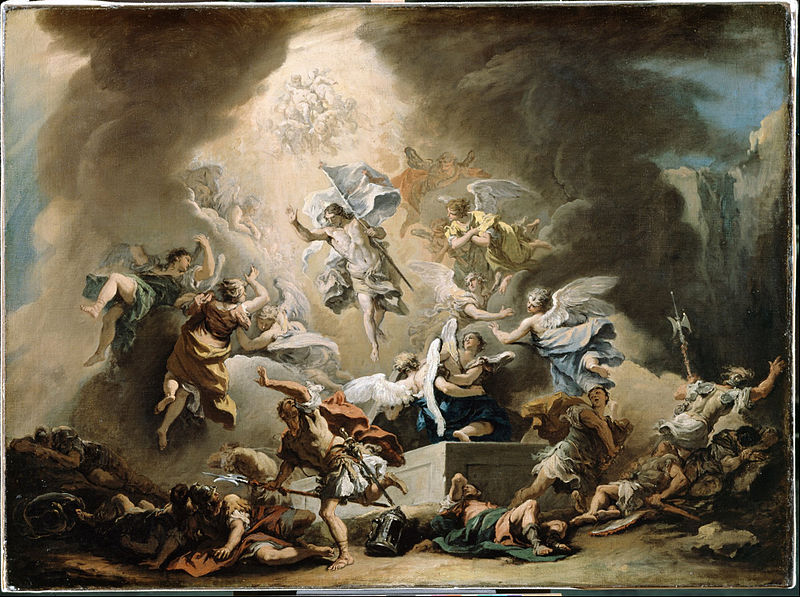
Early Christian Church
Spread of Christianity in the 1st century CE – Acts of the Apostles:
After Jesus’ death and resurrection, his followers, known as apostles, spread his teachings and established Christian communities in various regions. The Book of Acts in the New Testament details the early history of the Christian Church, including the Day of Pentecost and the missionary journeys of figures like Paul.
Writings of the Apostles (New Testament Epistles) – 1st century CE:
The apostles, including Paul, Peter, James, and John, wrote letters (epistles) to various Christian communities. These letters address theological, moral, and practical issues, and they form a significant part of the New Testament.
